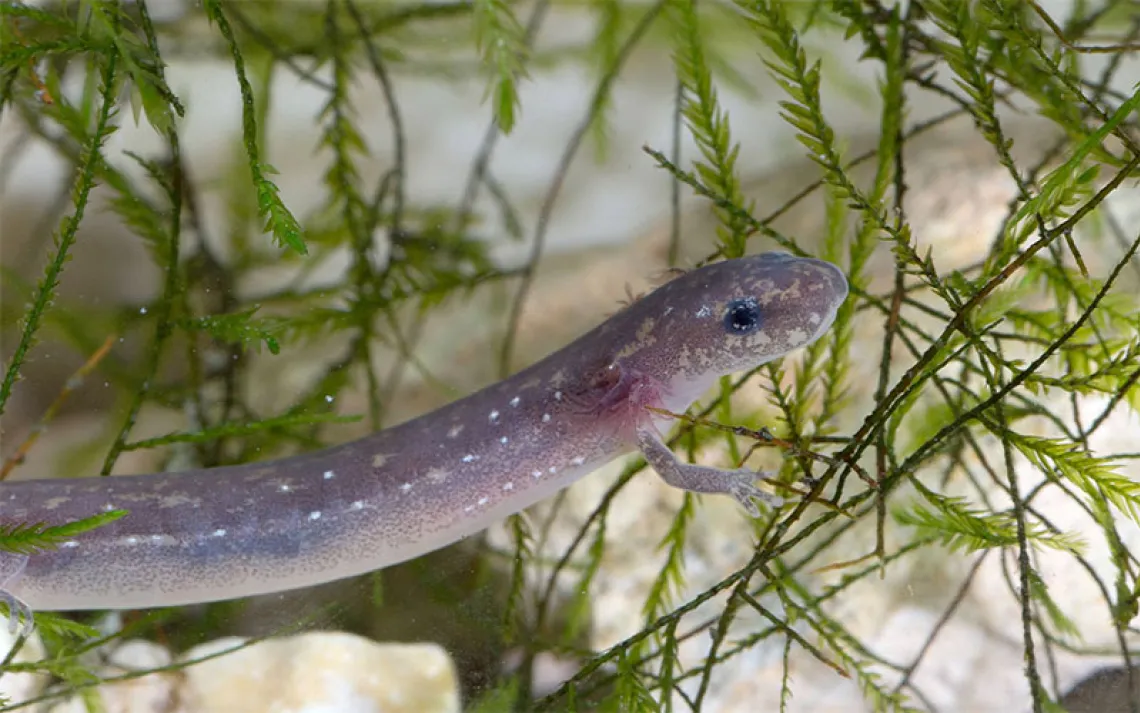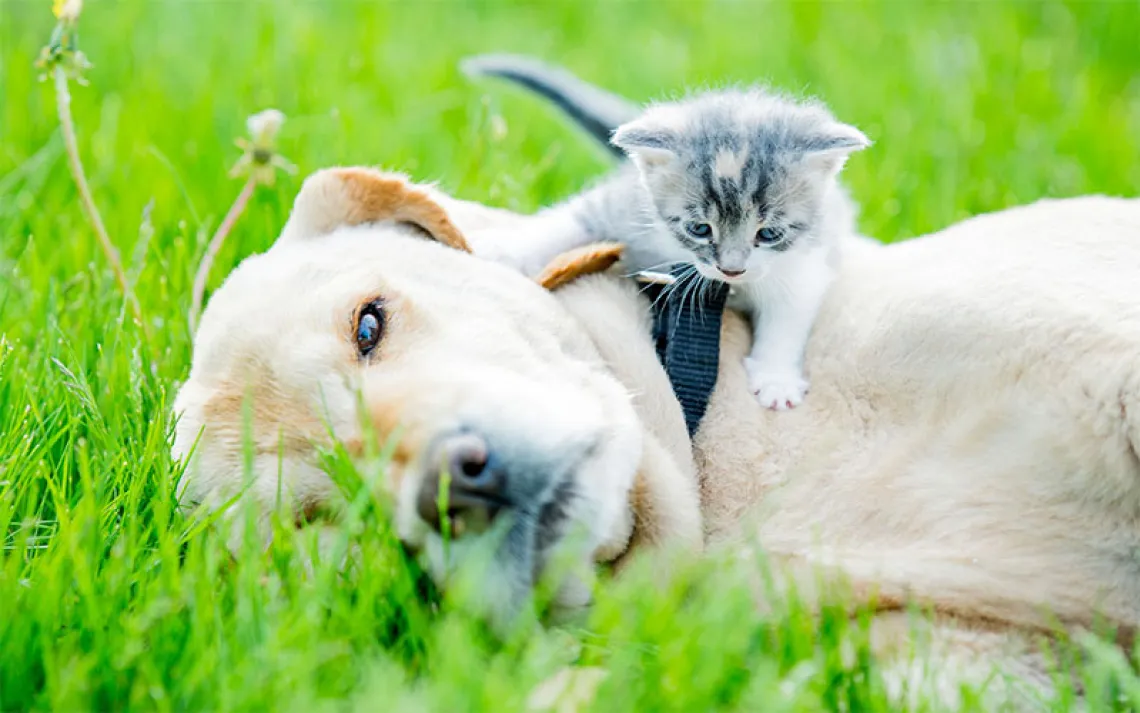When Animals Attack ... Drones
It ain’t easy being a wild animal in the 21st century. Steady habitat loss due to humans’ ever-increasing demands for space and resources is fueling an unprecedented extinction crisis. Each year, species are disappearing at a rate about 1,000 times faster than before the arrival of humans, says Harvard biologist E.O. Wilson. In the last 40 years, the World Wildlife Fund reports, human activities have caused the populations of many vertebrate species to decline by more than half.
Even when we humans are acting with the best of intentions, sometimes our manipulations of wildlife can seem heavy-handed. On the Columbia River, for example, state wildlife agents from Washington and Oregon routinely euthanize sea lions to keep them from eating diminishing runs of salmon and steelhead. In the forests of the Northwest, biologists hunt and shoot barred owls to keep them from outcompeting the smaller, endangered spotted owl—an exercise that one wildlife ethicist has described as “a sad good.”
Our routine monitoring of wildlife is also intrusive. In California’s Sierra Nevada, bighorn sheep are outfitted with GPS and VHF radio transmitters so that biologists can carefully track their movements. The same is true of many of the grizzly bears that live in the Northern Rockies. In the Southwest, a tiny population of less than 100 Mexican gray wolves may be some of the most monitored and managed wildlife on the planet—almost all of them radio-collared, closely tracked by plane and helicopter, and sometimes snatched from the wilderness if they eat one cow too many or roam too far. As I write in my book, Satellites in the High Country, the Mexican gray wolf is “a wild animal living in a giant, invisible cage … a kind of conservation jail cell.”
In all fairness, radio and GPS collars, drones, and remote cameras are crucial tools for conservation biologists. They can also provide valuable public education. As I write this, a bald eagle pair at the National Arboretum have become national celebrities thanks to a nest camera live stream—birding by remote, as it were. And I’ll admit that I’ve watched this trail camera video of the only known wild jaguar in the United States about a dozen times. These images do, in a way, bring us closer to wild nature, creating a kind of vicarious intimacy, if that’s not too much of a contradiction in terms.

Sign up to receive Sierra News & Views
Get articles like this one sent directly to your inbox weekly.
With this action you affirm you want to receive Sierra Club communications and may vote on policy designated by the Sierra Club Board.
Still, it’s depressing to think of how intensely wild animals are tracked and surveilled. Maybe that sense of unease explains why I can’t stop watching the video above of a pronghorn antelope charging an intrusive drone.
Other people must feel similarly. This clip of a hawk taking out a drone in Cambridge, Massachusetts, has had 5 million views—evidence of a kind of masochistic schadenfreude.
Then there’s this viral video (3.2 million views and counting) of a chimpanzee at a Dutch zoo swatting a drone with a stick—an example, primatologists say, not only of tool use but also of deliberate planning.
There might be a lesson here. Maybe we should give wild animals the room to just, you know, be animals—and leave well enough alone.
 The Magazine of The Sierra Club
The Magazine of The Sierra Club



